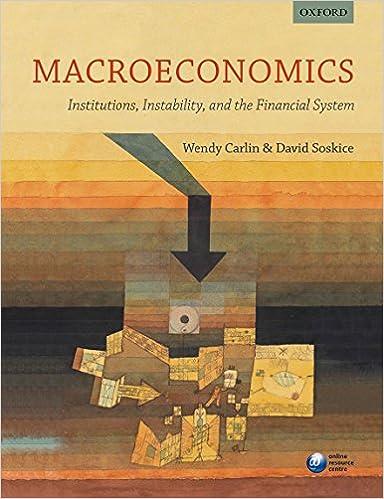This question uses content from both this chapter and Chapter 9. Read the following excerpt from Economic
Question:
This question uses content from both this chapter and Chapter 9. Read the following excerpt from Economic luck that cannot last:24 'The governor [of the Bank of England, Mervyn King] emphasizes four underlying causes of the improvement in UK performance: a monetary framework that evolved from inflation-targeting, in 1992, to the Bank's operational independence, in 1997; fiscal consolidation; 20 years of supply-side reforms; and a series of shocks that averaged out over time, rather than cumulated in either an upward or downward spiral. Yet, as Mr King notes, one beneficent shock did cumulate: to the terms of trade (the ratio of export to import prices), which improved by about \(10 \%\) after 1996. This generated a substantial increase in real take-home pay without adding to employers' costs.'
How can we use the open economy models to explain the evolution of the UK economy over this period? In answering the question, you are advised to take the following steps:
(a) Link supply-side reforms to economic performance using the \(A D-B T-E R U\) model.
(b) Use the 3-equation model to explain how an inflation-targeting central bank can respond to a shock and return the economy to target inflation.
(c) Use the \(A D-B T-E R U\) model to explain how a demand shock could have 'beneficent' or good effects on economic performance and relate this to the UK.
(d) Identify the reasons why this 'good luck' cannot last (as in the headline of the article).
Step by Step Answer:

Macroeconomics Institutions Instability And The Financial System
ISBN: 9780199655793
1st Edition
Authors: Wendy Carlin, David Soskice





